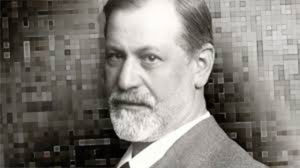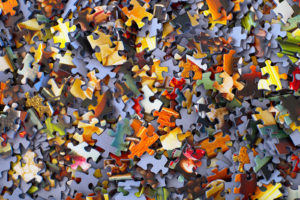La destructivité au carrefour de l’individuel et du collectif
Résumé
Pour Green, Malaise dans la culture (Freud) donne une place considérable aux pulsions de destruction. Green renouvelle les conceptions freudiennes avec le travail du négatif qui interroge les effets de l’introduction des pulsions de vie et de mort et de la deuxième topique dans la théorie et la pratique psychanalytique contemporaine.
Il interroge et propose des hypothèses qui rendent compte de la massivité destructrice à l’échelle humaine. Comment penser les rapports entre l’individu et l’environnement, dont les défaillances peuvent aller jusqu’à la barbarie ?
De vernielzucht in het kruispunt van de individuele en de collectieve
Voor Green, « Maleis in de cultuur « (Freud) geeft een aanzienlijke plaats aan de vernietigingsdrift. Green vernieuwt de freudiaanse opvattingen met het werk van de negatieve, dat ondervraagt de gevolgen van de invoering van de levens- en doodsdriften en van de tweede topiek in de theorie en de hedendaagse psychoanalytische praktijk.
Hij ondervraagt en stelt hypothesen die uitlichten de macht van de destructiviteit in de menselijke realiteit. Wat is te denken over de verslagen tussen het individu en de omgeving, de mislukkingen van die naar de onmenselijkheid brengen?
The destructiveness in the crossroads of the individual and the collective
For Green, « Malay in the culture « (Freud) gives a considerable place to the drives of destruction. Green renews the Freudian designs with the work of the negative, which questions the effects of the introduction of the life- and deathdrives and of the second topic in the theory and the contemporary psychoanalytical practice. He questions and proposes hypotheses which enlightens the power of destructivity in human reality.
How to think of links between the individual and the environment, the failures of which can lead to inhumanity ?





